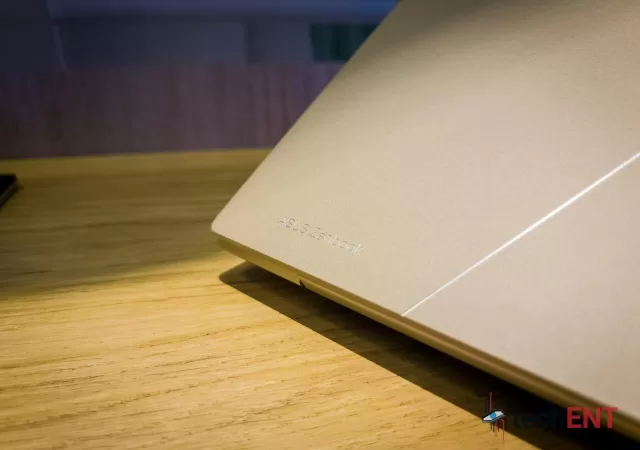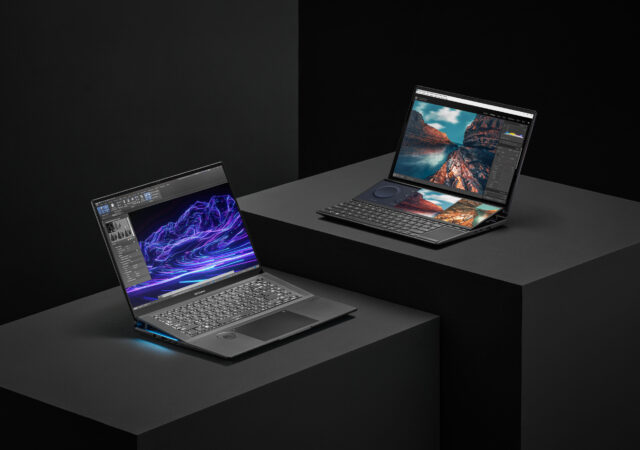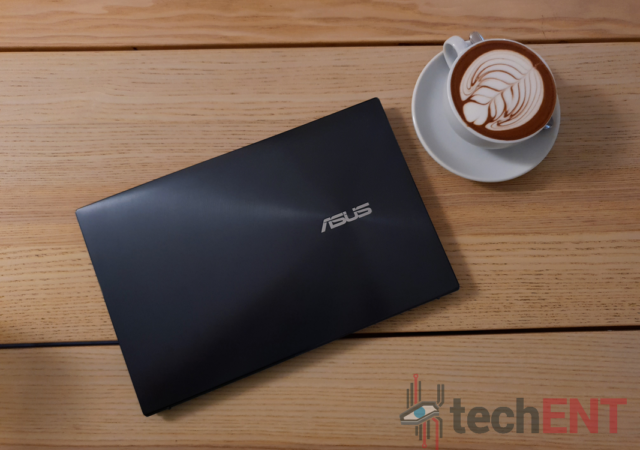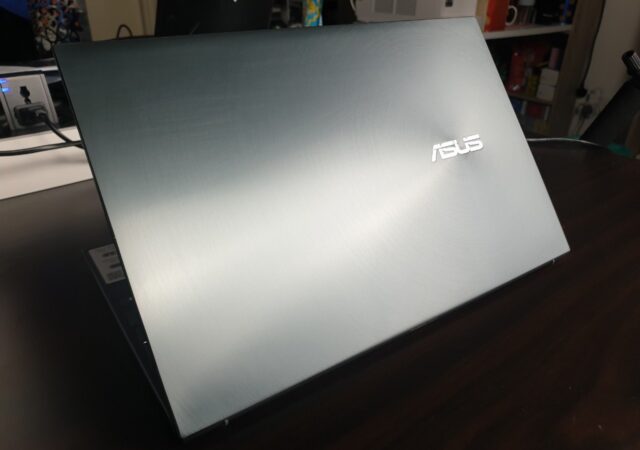ASUS launches the latest Zenbook 14X OLED with an Intel Core i9-13900H and NVIDIA GeForce RTX 3050 inside for MYR 4,999 onward.
ASUS New Out of this World Zenbook Lineup in Malaysia
ASUS brings an out of this world line up in their new Zenbook series which makes its Malaysian debut in a roadshow in Midvalley Megamall.
ASUS ZenBook 14 (UX425EA) In-depth Review: Intel-ligent, Compact Productivity
We take a deep dive into the ZenBook 14 powered by Intel’s 11th Generation Intel Core i7.
Asus ZenBook 14 UX425JA (2020) In-Depth Review – Something is Missing
The ASUS ZenBook 14 for 2020 prides itseslf as the thinnest 14-inch notebook with full I/O ports. Is it though? Is it any good?






